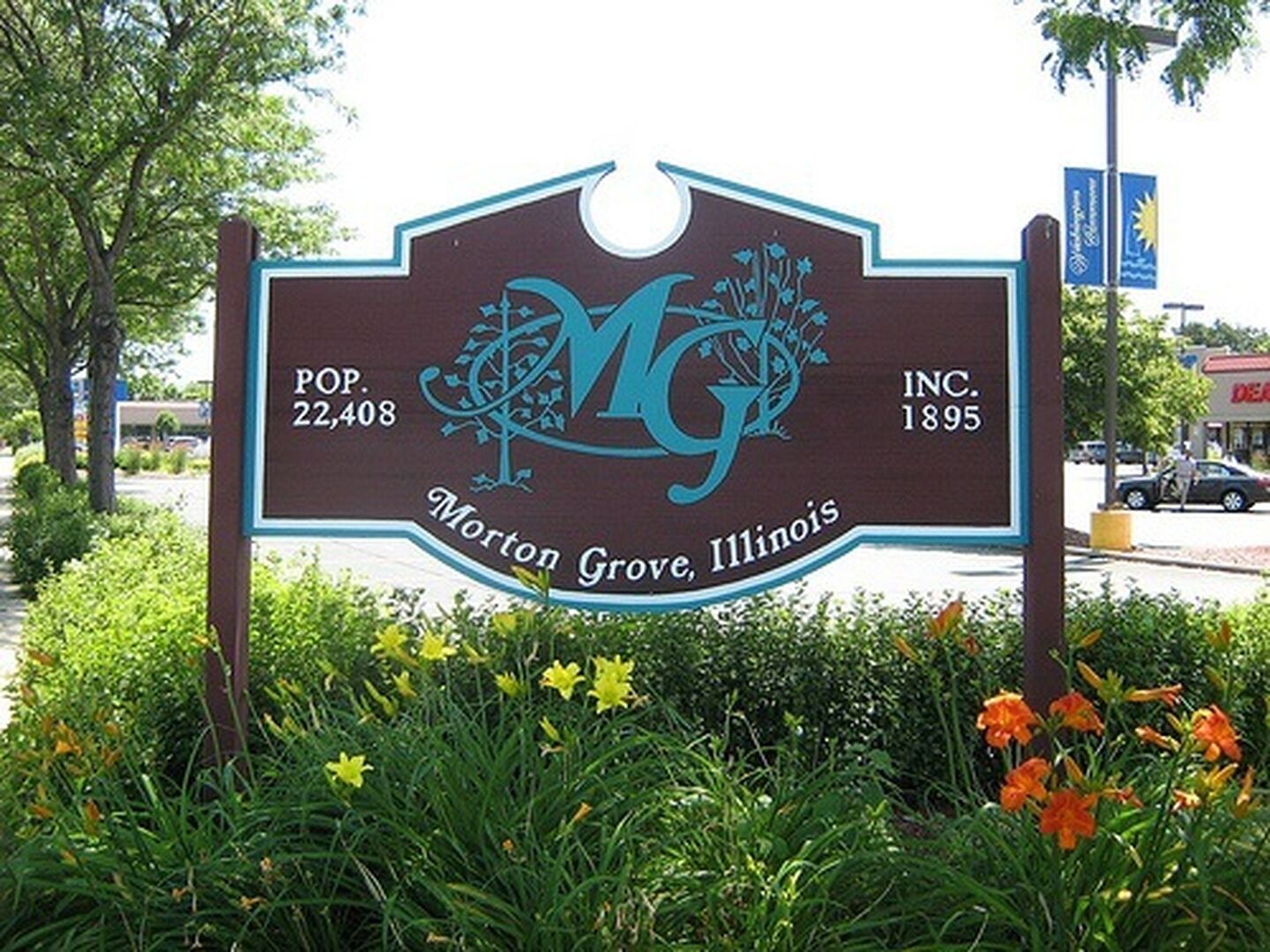Basement Foundation Cracks Can’t be Ignored in Morton Grove IL 60053

Morton Grove IL is a small suburb north of Chicago that was incorporated in 1895. In its earliest days, Morton Grove was a small settlement of English and German immigrants that began arriving in the area in the 1830s. The area didn’t begin to grow until the Milwaukee Railroad ran a line through it in 1872, establishing a stop in the future village.
Further growth began in the late 19th Century when the floral industry was established and many growers built large greenhouses in Morton Grove. The local industry produced prize-winning specimens and the businesses flourished until they were all but destroyed by the Great Depression of the 1930s.
Morton Grove really boomed in terms of residential population when the Edens Expressway was completed in the 1950s, causing the population to jump by an incredible 15,000. Newcomers found the village to be a safe and pleasant place to raise a family and still be within a short driving distance of jobs in the city.
Today, Morton Grove has more than 22,000 residents who live in 8,300 homes, more than three-quarters of which are at least 40 years old. In homes of this age, it is common for homeowners to spot basement foundation cracks and those who do are well-advised not to ignore them.
Basement Foundation Cracks are a Problem for Morton Grove Homeowners
Basement foundation cracks can be non-structural or structural and they will occur differently in different type of foundations.
In a poured concrete foundation, a non-structural crack that will allow water seepage is generally narrow, less than 1⁄8 inch, and is not part of a discernible pattern. A structural crack that indicates foundation damage is typically wider than 1⁄8 inch and usually appears in a pattern, with one vertical crack in the middle of the wall, angled cracks across the upper corners and, on the outside, vertical cracks along the corner where the damaged wall meets the adjoining ones.
In a masonry foundation, any basement foundation crack will occur in a stair-step pattern through the mortar joints between the concrete blocks, bricks or stones. When these cracks are structural, they will lead to a bowed or bulging area in the middle of the wall.
Repairing a non-structural crack in poured concrete is done by the injection method, where an expanding polyurethane material is injected into the crack to seal it all the way through to the outside soil. The polyurethane remains flexible after curing to prevent re-cracking caused by minor foundation movement.
These cracks can also be repaired on the exterior by creating an underground barrier of sodium bentonite clay that seals the foundation against seepage.
For masonry walls, seepage from non-structural cracks can be managed by installing interior drain tile with a small gap between the repaired floor and foundation wall to allow seepage to run into the drain tile. The wall can be covered with a vapor barrier to cover the seepage and help channel it downward.
Seeping cracks in masonry walls can also be fixed by excavating around the foundation walls and installing an exterior waterproofing membrane, a heavy coat of asphalt-modified polyurethane that is applied with a trowel onto the walls on the outside.
Structural repairs do not involve the cracks themselves but rather the foundation movement that caused them. If a foundation has settled or dropped, hydraulic push piers must be installed to raise the foundation back to level and stabilize it there. If a foundation wall has moved or rotated inward due to lateral pressure from over-saturated soil, it must be stabilized in place by one of two methods:
If the wall has moved less than two inches, it can be stabilized by using industrial epoxy to attach carbon fiber strips to the wall to prevent further movement, or;
If the wall has moved more than two inches, steel channels will be attached to the foundation footings and tightened against the floor joists above to stabilize the wall.
Regardless of whether the crack is structural or non-structural, it can’t be ignored and the Morton Grove homeowner that spots one or more will need the services of a basement waterproofing contractor or a foundation repair specialist. At U.S Waterproofing, our foundation repair team uses engineering data and the latest techniques to repair and stabilize foundations permanently; our basement waterproofing experts rely on our 57 years of experience to add daily to our list of more than 300,000 satisfied customers. Why not ask for our free advice?




